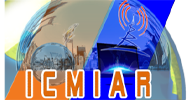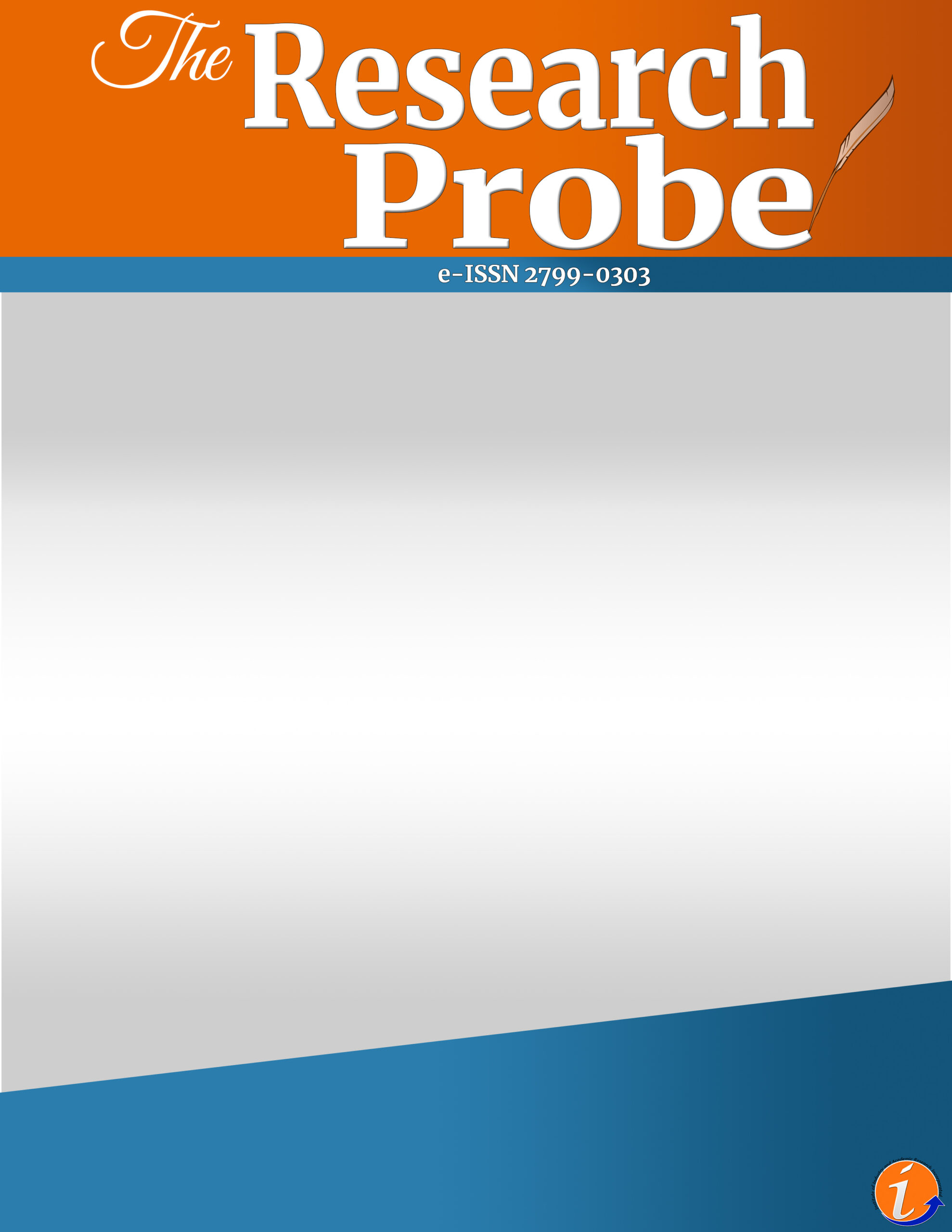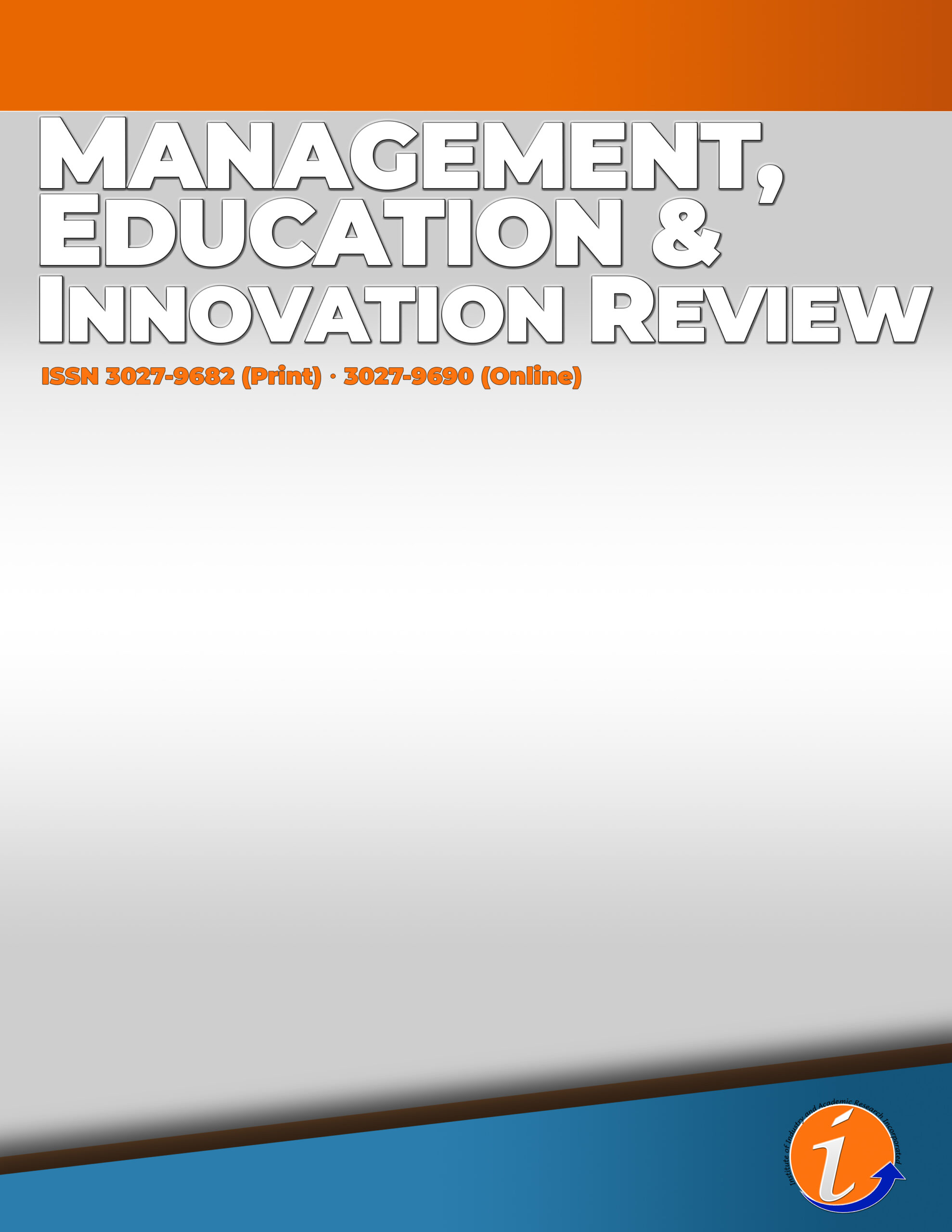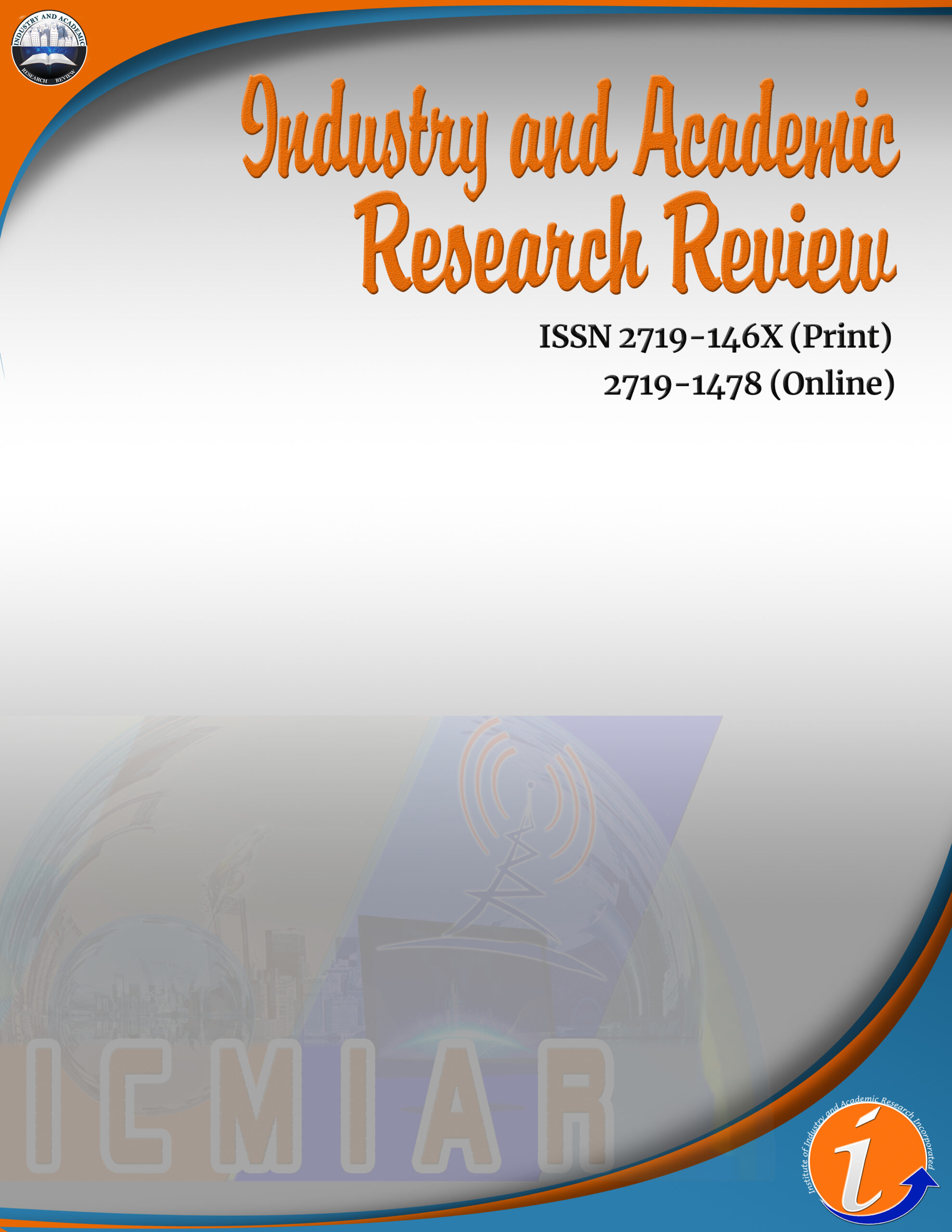This qualitative descriptive research was conducted to ascertain, evaluate the mechanics, strengths, and weaknesses, as well as validate the effectiveness of the different contextualized methods and techniques used in teaching Nihongo Hiragana syllabary to students enrolled in the Special Program in Foreign Language (SPFL)– Nihongo in a public national high school in Aklan for school year 2022-2023. The participants of this study were the nine (9) SPFL teachers; three of them participated in Department of Education and Japan Foundation’s intensive training course under Batch 1 and Batch 6. The identification of contextualized methods and techniques in teaching Nihongo Hiragana syllabary as well as the determination of mechanics of each method or technique was the result of the first focus group discussion conducted. In the second focus group discussion with the same participants, the identification of the mechanics, strengths, weaknesses, and effectiveness of each contextualized method and technique was done. The study revealed that there were twenty-one (21) contextualized methods and techniques that SPFL teachers used in teaching Nihongo Hiragana syllabary. Each contextualized method and technique possess various and unique sets of strengths and weaknesses. All the enumerated methods and techniques were found to be very effective when appropriately planned and applied in an SPFL class.
Teaching Nihongo Hiragana Syllabary, Contextualized Methods, Evaluation, Validation
License:
![]()
This work is licensed under a Creative Commons Attribution (CC BY 4.0) International License.







